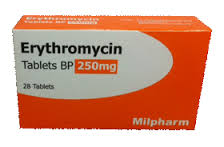When my son was born I had no idea that he would be an Over 5 Million Dollar Man.But he was born as a premmie and our medical bills started even before Day 1. The major cost of the disease concentrations on respiratory symptoms. For young people with this disease a strong effort is made to stabilize and improve respiratory function. The recovery period for individuals with this disease is very lengthy.
Moms confinement before delivery $200,000
85 day NICU stay $1,400,000
Ear Tube Placements (8) 40,000
Special Education Grade 0-6 200,000
Heel Cord Surgery 25,000
Special Education grade 7-14 210,000
Caregivers state of Ca 2012-2016 450,000
Hospitalization 2010 (80 days) 875,000
Hospitalization 2015 (79 Days) 850,000
Hospitalization 2016 (89 days) 950,000
Cardiac Monitoring 40,000
Currently we are at US$5.2 Million in Hospital and Medical Care for him. The insurance has picked up all the costs incurred, but still its a high price.
In the USA the incident of congenital myotonic dystrophy is 1/100,000. That computes to about 3,500 individuals with the disease. At a five million dollar overall cost the math computes to an overall projected cost could top 18.2 billion.
If the 5 million is a outlier the cost would still be in the neighborhood of $10 billion overall cost. That’s a very high cost to society.




